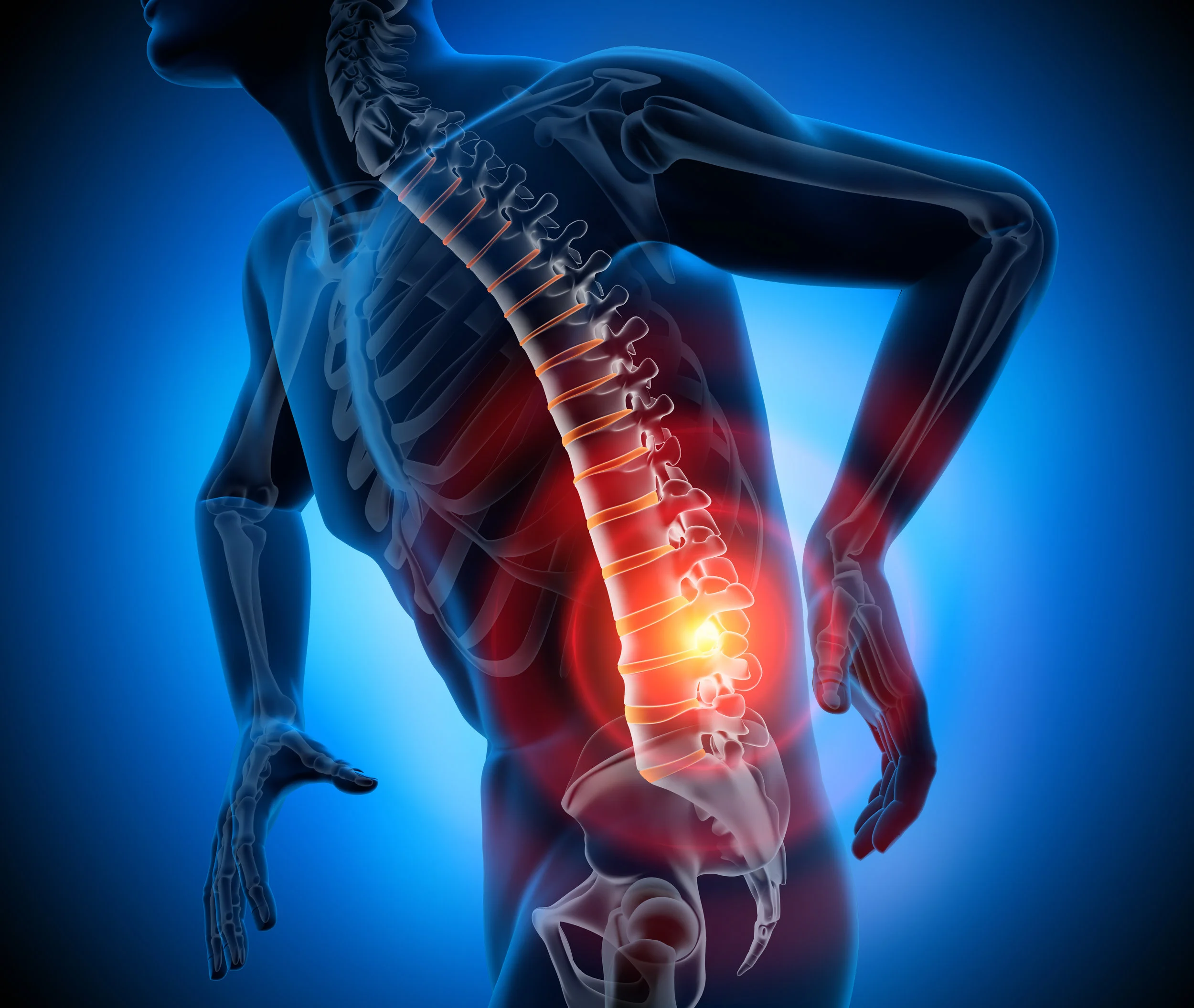Treatments | Surgical Procedures | Cervical/Neck Surgery
Cervical Disc Replacement - prodisc C Implant
The treatment goal of the prodisc C Total Disc Replacement is to restore the normal dynamic function of the spine and to significantly reduce pain.
The function of the spine is restored through the mechanism of action of the device. Pain reduction is achieved through the re-establishment of the disc height, and maintained by the prosthesis. The increase in height and the elimination of the herniated disc “opens” constricted nerve paths and the vertebral joints are restored to their physiological position.
Prior to the development of artificial discs the only surgical option was a fusion, in which adjacent vertebral bodies are “fused together” permanently using implants, bone chips and/or cages. The goal of prodisc C is to maintain mobility at the affected intervertebral disc and to reduce the extra loading on the adjacent intervertebral discs.
Prodisc C is the most studied and widely used total disc replacement in the world and is an alternative to cervical fusion. With this procedure, the normal dynamic function of the spine is restored which also reduces pain.
This artificial disc restores the function of the spine through mechanisms that replace intervertebral discs that are located between the vertebral bodies encasing the spinal cord. These discs are vital to the proper functioning of the spine as they act as shock absorbers.
The main goal of Prodisc C is to maintain mobility in the affected intervertebral disc and to reduce extra loading on the adjacent intervertebral discs.
We also now offer the Prodisc C Vivo implant. With a unique concave endplate, the Prodisc C Vivo is adapted to the specific anatomy of the patient's spine offering ease of mobility and less recovery time post surgery. See this video below:
Animation shows prodisc C Vivo being implanted into a sawbones model.
THE MOST STUDIED TDR SYSTEM IN THE WORLD
Beginning with clinical usage in 1990, the prodisc design has been validated with over 125,000 device implantations worldwide and more than 540 published papers.
DETERMINED SAFE & EFFECTIVE FOR INTRACTABLE SCDD
The prodisc C Total Disc Replacement has been determined to be safe and effective in the treatment of intractable symptomatic cervical disc disease (SCDD) at one level from C3 to C7.
The prodisc C Total Disc Replacement surgery is intended to:
Remove the diseased disc
Restore normal disc height
Decompress surrounding neural structures
Potentially provide motion in affected vertebral segment
Improve patient function
CELEBRITY ENDORSEMENTS
PRODISC C GOALS
Maintaining Spinal Balance & Motion
Degenerative disc disease can destabilize segments over time. In addition, performing the surgical discectomy is inherently destabilizing, as it involves the removal of the Anterior Longitudinal Ligament, the disc, and often, the Posterior Longitudinal Ligament. In the absence of these restricting structures, it is important for a disc replacement to have constraints in order to protect the facet joints.
Controlled and Predictable Motion
Allows a normal range of motion while providing segmental stability through controlled translation.
Highly conforming surfaces of the superior endplate and UHMWPE inlay prevent the endplates from translating independently.
Translation is provided by rotation of the superior endplate around the ball on the inferior endplate.
Accelerate the Resumption of Activities of Daily Living
The operative procedure to conduct a discectomy can be invasive and require recuperation. Special care has been taken to design the technique and instrumentation to minimize the recovery associated with the procedure. A review of nearly 7,000 patients in the Blue Health Intelligence Claims Database showed that patients who received a prodisc C experienced significantly shorter length of hospital stays compared to patients who received an ACDF.
Decelerate Adjacent Level Reoperations
The historical treatment for degenerative disc disease is to conduct an ACDF and fuse the joint. However, immobilizing a segment of the spine has been shown to increase the rate of adjacent-level degeneration. By enabling motion, prodisc is intended to decelerate adjacent level degeneration. A paper published on the results with the US IDE PMA clinical study on prodisc showed that, at seven years follow-up, patients had four times fewer reoperations of adjacent segments, compared to patients that received an ACDF.
Range of Motion
The prodisc C is designed to allow for a normal range of motion in flexion /extension, lateral bending, and axial rotation.*
Long-term prospective randomized multi-center evidence illustrates that patients retained range of motion of 8.12° for 7 years.*
Fusion patients from the study had a range of motion of 0.66°.*
* Janssen ME, et al, ProDisc-C Total Disc Replacement Versus ACDF for Single-Level Symptomatic Cervical Disc Disease, JBJS, 2015, 97:1738-47.


